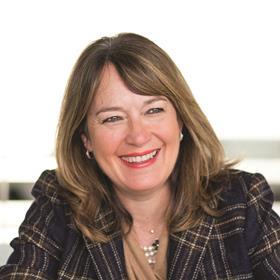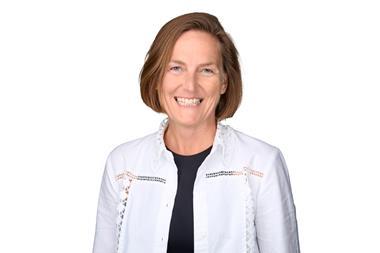Research shows the property industry is failing to attract enough people from diverse backgrounds and keep them in the industry.

Recent social media posts and column inches have highlighted racism and discrimination, which does nothing to support the inclusive image the industry’s diversity policies would suggest. It adds to an image already tarnished by reports of past Mipim excesses, the Presidents Club scandal and the ‘greedy developer’ moniker.
We need to hold a mirror up to our industry and ask: what is ‘Property UK’s’ brand and does that make us an attractive sector to work in? If the answer to this is ‘no’, how are we going to overhaul the property industry brand?
Building an inclusive, diverse workforce is hugely important for the industry to be the best it can be, delivering appropriate projects for the people using them.
Increasing diversity is something I’m grappling with at Harworth. Although we do well in terms of gender diversity, we are still a predominately white company.
Building an inclusive, diverse workforce is hugely important for the industry
Other sectors seem to be much better at it. Policy Exchange’s 2017 Two Sides of Diversity report took a comprehensive look at the ethnic diversity within 200 jobs and professions. Dentistry, medicine and law featured in the top 10 for ethnic diversity. IT and software were just outside the top 10.
The Green Park Leadership 10,000 report analysed the top jobs at FTSE 100 companies. The 2019 research put property and construction in the bottom three industries for ethnic representation. The 2021 report is due out soon.
On paper, property and the built environment seems an attractive career choice. There is a huge range of roles in a variety of sectors. It is an industry that has a tangible day-to-day impact on everyone’s lives, health and wellbeing. It also has an important role in the fight to mitigate climate change.

And yet the diversity policies that most property businesses have don’t seem to be translating into representative workforces. Do we properly understand what people are interested in when considering a career? Are we putting out the right messages and reaching the right audiences?
There are property businesses doing good work that isn’t just tokenism and tick-box diversity. But perhaps we need to be better at showcasing this and in the right places.
The built environment is part of every community, but are we visible as an industry in all those communities and demonstrating our work? Can we do more with local schools and colleges where we have boots on the ground?
Visibility and messaging are only part of the story, of course. The Policy Exchange’s Bittersweet Success report suggested that some vocational professions were easier for those from diverse backgrounds to access without having the right social networks.
We are definitely better at hiring from a range of educational backgrounds rather than select schools and universities. I didn’t go to a posh school, but once in a senior role, it’s easy to forget how hard that journey is.
I don’t have hard and fast answers, but we need to ask uncomfortable questions and find different ways of doing things.
Lynda Shillaw is chief executive of Harworth Group






























No comments yet